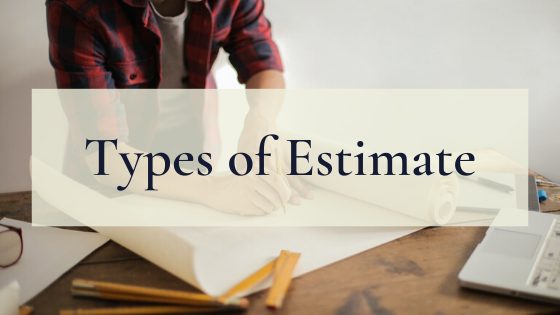
In civil engineering, real estate is the sector which consists property of land and building.
Real estate industry works in producing, buying and selling of these properties. While doing business in real estate main requirement is that the exact valuation of the property.
Valuation is defined as a technique of estimating the economic value of property in the present market.
Purpose of Valuation
Valuation of property depends upon the type of property i.e. land (agricultural or non – agricultural) and building (residential, commercial, industrial), location of the property, age, maintenance, etc. Hence there are several purposes of valuation which are given below:
- Buying & selling of property
- Taxation
- Rent fixation
- Loan
- Insurance
- Visa
- Compulsory acquisition
- Betterment charges
- Balance sheet
Basic Terminology
There are some few terms are necessary to understand before starting the valuation.
Market Value
The market value of a property is defined as the amount which can be obtained at the time of property is put for sell in the open market. Due to time consideration, it is always changing.
Book Value
Value of the property is calculated from account book in such a way that for the particular year is original cost minus total depreciation till that year is known as ‘book value’.
Distress Value
The lowest cost that the market value of the property sold out is known as distress value. This causes due to financial difficulties to the seller, court order, panic due to war.
Accommodation Value
Sometimes the land parcel is very small in size and not able to develop due to restriction in length, depth. That time only one option will available to sell the land parcel to the adjacent owner but he/ she offers a low cost for it due to its condition.
Salvage Value
It is the estimated value of the property at the end of its useful life.
Monopoly Value
The property which has special advantages due to its adjacent property, location, size, and shape and hence owner demand for fancy number.
Methods of Valuation
Direct Comparison Method
This method generally adopted when we can easily capitalized value of property compare with similar properties which are present near to our property. In practice, valuation is done by directly comparing the property with similar properties which have sold in recent past and have evidence of those transactions to assess the value of the property.
There are some criteria given below:
- Transection should be recent.
- Any special consideration of transaction should be taken into account.
- The comparable should be in close proximity.
- The more evidence available the better valuation.
- Trends in market values should be observed.
- Strong market research required for that particular area.
Elements of Comparison:
- Price
- Age of building
- Location
- Type of construction
- Use of building
- Structural Condition
- Size
- Floor area
- Layout
- Date of sale
- Decorative condition
- Availability for parking
- Amenities
Rental Method
This method consists of capitalizing the net annual rent income at an appropriate rate of interest. This method is applicable when rent is known.
Valuation Based on Profit Methods
We can do the valuation of commercial property by using direct comparison method also but due to some conditions we came across by using based on profit method.
For Malls, Cinema theatres, showrooms, hotels, restaurants, offices, the valuation is done by using the profit method.
In this method, net annual income is considered and it is calculated as deductions of all outgoings and expenses are minus from gross income. Valuation of property is obtained by multiplication of Y.P by net income.
Depreciation Method
In this method, the building is divided into component parts which are walls, roofs, floors, doors and windows, etc.
Note down the measurements of each component and work out for the cost of each part on present market rates. The present value of land and all water supply, electricity, sanitary fittings should be added in the total value of the property.
Land & Building Method
This method consists simply the addition of the value of land with the valuation of building after depreciation.
Procedure for valuation
- Note down the measurement of the plot and other details from the documents which client provided you.
- At the time of the site, visit verify measurements as per documents available or not.
- Do the market research for land and building rates near to property location.
- Prepare the calculations separate for land valuation.
- Prepare the calculations for building by considerations floor wise, age of the building, the life of building, depreciation, amenities, services, etc.
- The total valuation will be the addition of the value of the land plus value of building after depreciation plus amenities and services.
- Please keep in mind for deduction any percentage for the negative factors.
- If any individual merits of property present then it should be taken into account.
Career Opportunities for Civil Engineers in Valuation
In these sectors, engineers can do work as Valuation engineer, Valuation executive, Technical Head for land & building, Technical Manager, Authorized Valuer.
- Banks
- Real Estate Companies
- Private Valuation Consultancy
- Architectures
The work profile consists such as working on financial & cash flow modelling, market information research, document analysis, market study, report writing.
Skills required
- Degree in Civil Engineering or in Finance
- Analytical skill
- Passionate about gaining knowledge about real estate.
- MS-Excel
- Proficient writing skill.

